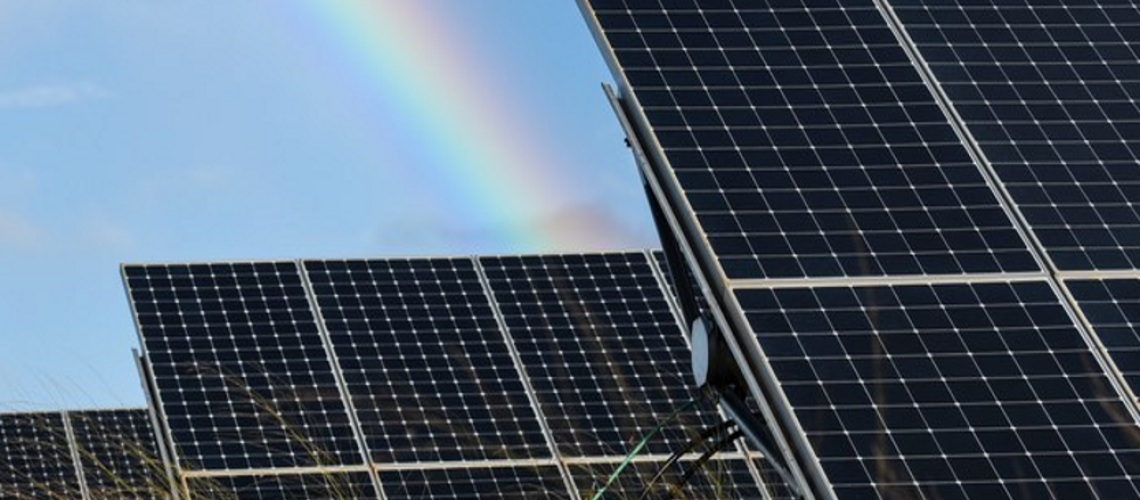A U.S. DOE report analyzing recent policy changes said carbon emissions-free energy will represent 71% to 90% of the nation’s generation mix.
Following the passage of the Bipartisan Infrastructure Law and The Inflation Reduction Act, the U.S. Department of Energy (DOE) sees the nation on a path to rapid, near-term growth in emissions-free electricity, while reducing costs for consumers, lowering harmful pollution, mitigating climate change, and creating new economic opportunities along the way.
In collaboration with the National Renewable Energy Laboratory (NREL), the DOE evaluated an advanced planning model that identifies least-cost power-sector investment portfolios accounting for major provisions of both laws. Provisions evaluated include, among others, tax credits for new clean electricity generation, energy storage, and carbon capture and sequestration and a variety of non-tax IRA and Infrastructure Law provisions.
The analysis found that clean electricity as a percentage of total generation could increase to over 80% in 2030 under mid-case assumptions. The low-case and high-case projections place clean energy’s share of electricity generation between 71% to 90%. This is substantially greater than the 41% share emissions-free electricity achieved in 2022.
Under the model, Solar and wind scale rapidly, more than doubling historical maximum rates of annual deployment in many scenarios. DOE now expects 350 GW to 750 GW of new capacity from these two technologies by 2030 depending on future market conditions.
This renewables growth is projected to be supported by 40 GW to 100 GW of new energy storage and a 11% to 24% expansion of long-distance transmission by 2030.
Furthermore, the DOE said clean electricity growth will lower bulk power costs by $50 billion to $115 billion through 2030, saving ratepayers money on their bills. In 2030, the reduction equates to approximately $3 per MWh (5%) to $6 per MWh (13%).
Carbon emissions may decline between 72% to 91% less than 2005 levels by 2030, even with increased total electricity generation. NREL’s research found that IRA and the Bipartisan Infrastructure Law’s power sector provisions lead to the avoidance 600 million to 900 million metric tons of annual carbon emissions. And, power-sector air pollution reductions may help prevent up to 11,000-18,000 deaths through 2030.
From an jobs perspective, the two laws are expected to lead to more than 500,000 new jobs. The laws also target economic prosperity for disadvantaged communities. Among other provisions, the laws include $3 billion for Environmental and Climate Justice Block Grants, $27 billion for the Greenhouse Gas Reduction Fund, and $4 billion under the Advanced Energy Project Credit directed to industrial or manufacturing facilities located in communities historically reliant on fossil fuels.
Fully realizing these benefits requires breaking down deployment barriers and continued technology advancement, said DOE.
“DOE and other federal agencies have been hard at work, implementing IRA and BIL, spurring continual technological advancement and addressing deployment barriers. State, local, and tribal governments, civil society and the private sector also have important roles to play, to take advantage of the opportunities afforded by IRA and BIL. An all-of government and all-of-society approach will help maximize the positive returns from these historic new laws,” said the report.



